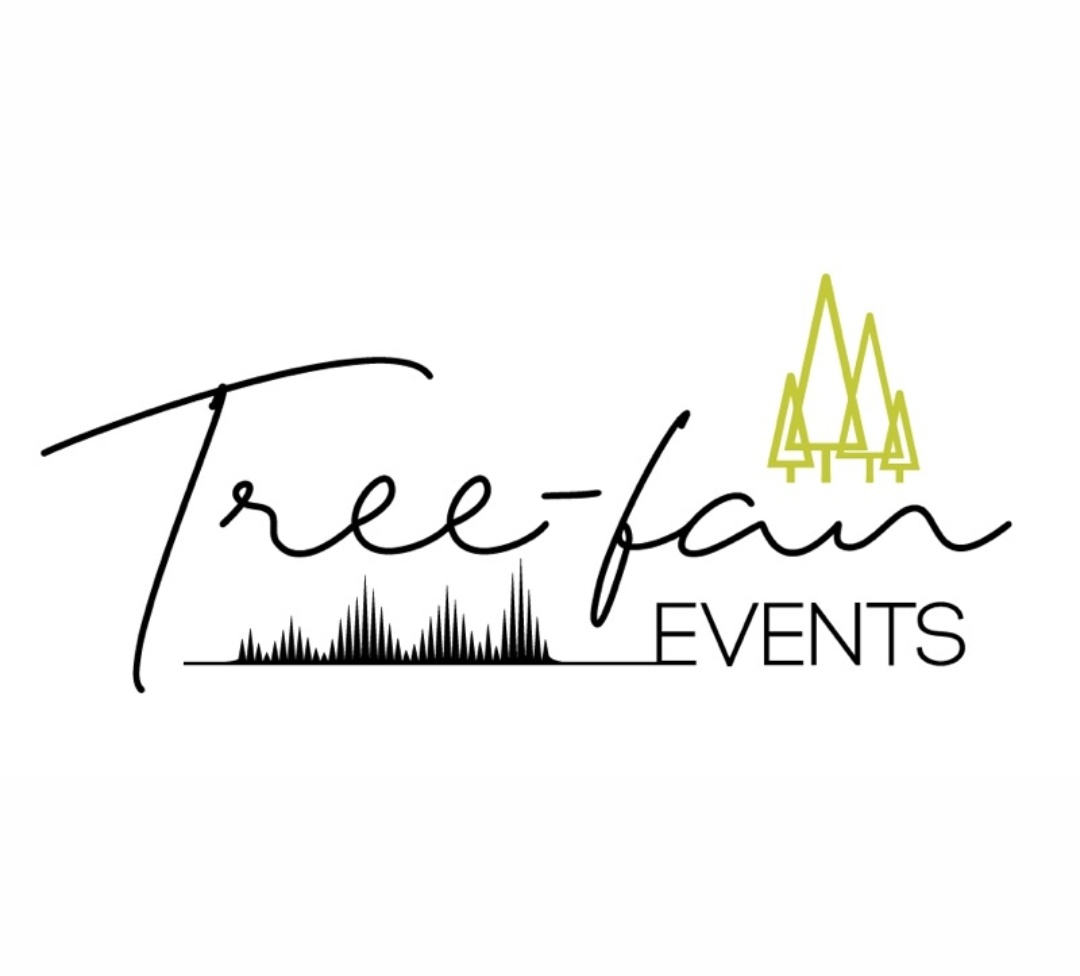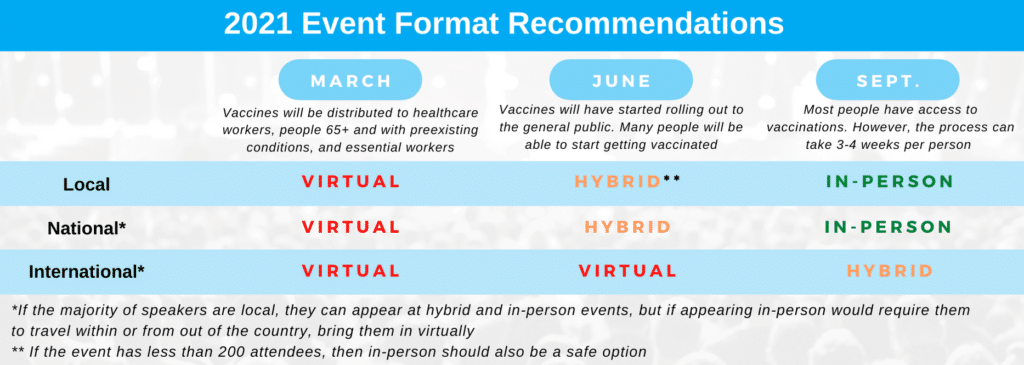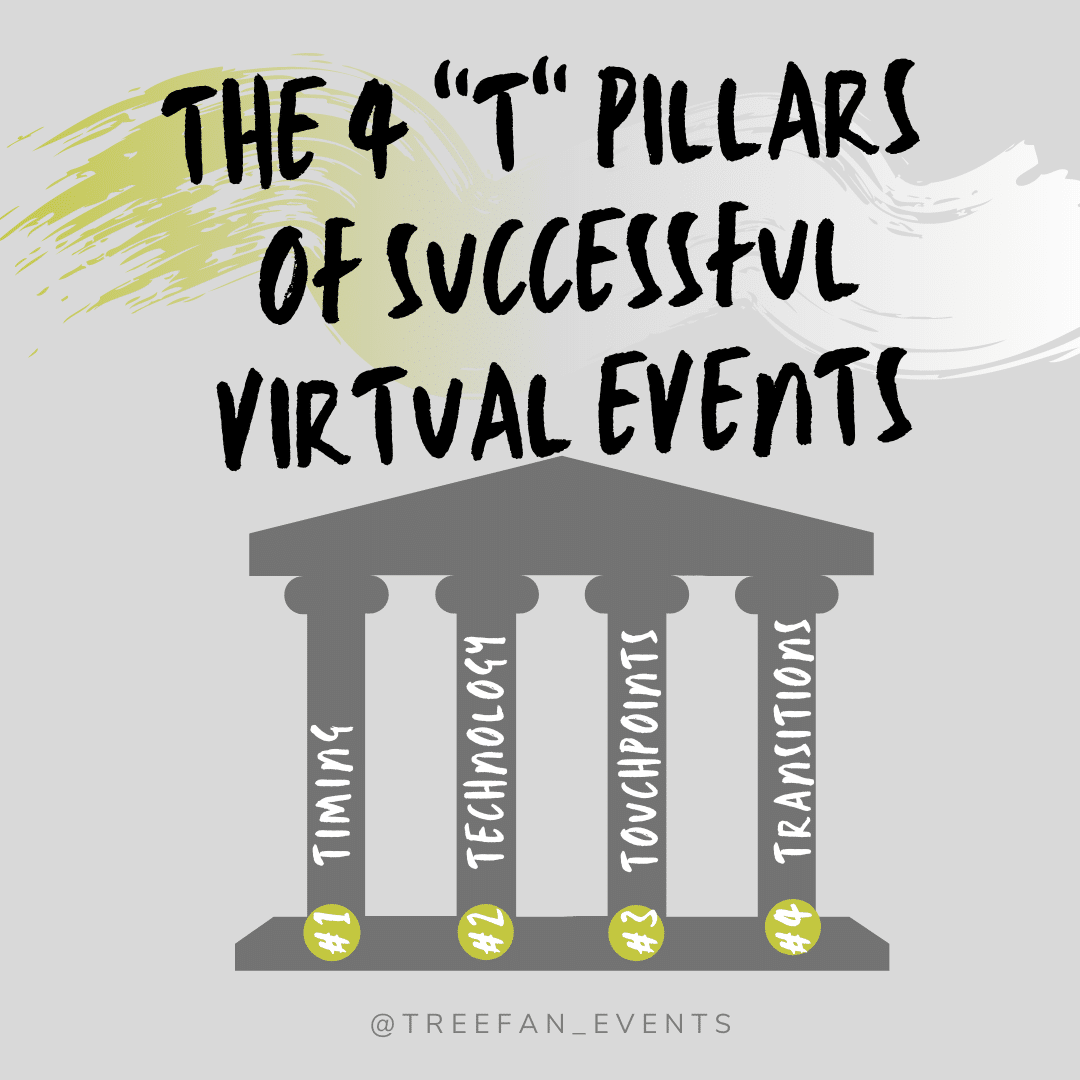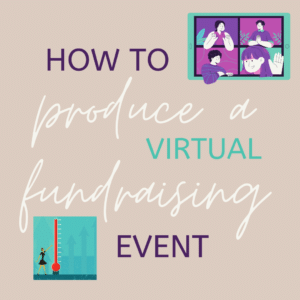What are the four pillars of successful virtual events? By now we’ve all attended enough virtual events to get a pretty clear picture of what a well-planned and executed virtual event looks like. Virtual events can be anywhere from a casual social virtual gathering over Zoom to a professional virtual event with a high production value and the fact that there is a lot of room in between makes it accessible for anyone to plan and host a virtual event to support their needs. Deciding on how creative and complex your event is, will dictate the technology, the production and the people involved to making all the puzzle pieces fit together in building a successful virtual or hybrid event with a high ROI.
If you’re looking at 2021 and wondering what event format you should be planning for, our recommendation is both. If you can’t wait to gather in person and hybrid has been popping in your head more often than not, you are NOT wrong. You can certainly go with your gut and plan for a hybrid event, well knowing that a hybrid already has a virtual component to it and therefore you’re covering your bases should your hybrid event plans get decimated by future gathering decisions.
For the sake of giving somewhat of a prediction of what the world of 2021 could look like as far as event formats go, check out this graphic put out recently:
Once an event format has been decided on, the next things to consider are, what we call, the four “T” pillars behind successful virtual events.
Engagement will have to be part of a “E” pillar series. 🙂
1. TIMING
How long your virtual event takes matters more than ever before. In person events could last anywhere from one hour to four hours, or in the case of conferences, one to several full days. Taking your in-person gala or in-person conference and pasting it to a virtual format is the number one recipe for disaster. Unless you’re someone like Tony Robbins that can captivate an online audience glued to a screen for three full days, most likely your online audience will be long gone, never to be seen again if you attempt something that long.
If your event is a fundraising gala, the average watch time is 20-28 minutes, based on metrics and data collected over the past 60 some virtual events done last year. An average virtual gala takes between 45 to 90 minutes, if you include the Pre and Post event roll. For the most part, your goal should be trying to stay within a 35 to 45 min focused program with impactful storytelling to motivate your supporter to give, high production value with visuals and graphics that captivate, entertainment moments that engage, delight and connect your audience to your mission, and video (live or pre-recorded) testimonials with clear calls to action.
If your event is an annual meeting or conference, having specific KPI on how you will use your attendees time, measuring your attendee’s experience and knowing your online audience to determine what might work best for them, if for example a full day is even feasible, those are some of the important considerations when deciding on the length of your meeting or conference. Producing sessions that engage and deliver a high value proposition for your attendees might convince them to join a full day online event, but for the most of us, full day virtual events are a big NO and nearly impossible to give our full attention to and not get distracted with other projects, online distractions and work related activities.
Pro tip: Incorporate a wide variety of presentation styles, a virtual one-day long Virtual Conference had a variety of speakers speaking on diverse topics within a main topic category, each giving a very focused 5 minute speech with 5 min left for Q&A from the audience. It was lively, to the point and engaging.
2. TECHNOLOGY
Most virtual events will rely on multiple platforms and technology to come into fruition. Registration platforms, event platforms, online bidding platforms, live-streaming platforms, are just the few that work hand in hand in hosting a virtual event. Many event platforms have realized the confusion that this topic brings to many event organizers and they started purchasing other platforms to integrate fully within their platform registration and broadcasting features that promote the one-stop-shop approach to their offerings. Many online bidding platforms offer now a live-streaming window on the same platform the bidding takes place so there’s no more need to have two devices to watch and bid during a virtual fundraising auction.
Another example is that of StreamYard, a young but successful cloud-based live-streaming platform has been recently purchased by Hopin, a leading virtual event platform, that before used services like StreamYard as a third party integration solution and didn’t have a live-streaming feature within its platform before. For $250mil now they have the ability to offer that solution to their clients with the push of a button, because of StreamYard’s superior ease of use and great features.
On the same thought process, Swapcard for example acquired registration platform, Avolio and their event management software, IPReg, and those are just two small examples of how world of virtual events is constantly changing and adapting to the needs of the event and the organizers hosting those events.
Determining the exact technology needs of your event should be driven by the WHY behind your event. What is the purpose and what are the objectives for your event as they need to be aligned with the overall strategy of your organization. Your event has to also be people focused, in order for you to have a clear roadmap for the decision making process in guiding you to choose the right technology.
3. TOUCHPOINTS
What is the number one way for an event to be a failure? Nobody showing up or everybody leaving early.
For in person events, with the use of event design, we used to carefully curate the attendees experience from the moment that attendee walked through the doors of the chosen venue, with help desks available, volunteers to answer any question, complimentary transportation, etc.
For virtual events, the touchpoints of our attendees’ roadmap has to be just as carefully considered, especially now that we’re no longer dealing with linens, centerpieces, background music, mood-changing lighting and event staff that can easily answer any question the attendee might have. We’re now bringing the event to our attendees’ living room and we’re competing against all possible distractions from social media, to Netflix, to children, pets and one too many open tabs in a browser. Every touchpoint along the way in your audience’s roadmap can either build interest and involvement for your event or detract from your potential reach and engagement. So, starting with your registration page and going to your event’s landing page, making sure every link points to the right place and there are as little steps as possible that need to be taken in order to join your event is imperative to making sure that attendees won’t drop out mid-way through the process of joining your event. Broken links that don’t work are equivalent to having your venue’s door locked on the day and time of your event.
So make sure, the same way you would walk-through a venue before booking it for your event, you need to walk through every touch point for your virtual attendee to uncover any potential for frustration or broken processes. We’ve got to make sure we’re designing an effortless user experience that is incredibly simple & intuitive with easy navigation, a clean and attractive landing page, one platform to host the event as well as having the means to communicate with your attendees as quickly as possible in case of potential technical problems.
Our job as event planners and producers is to minimize the cognitive effort it takes for an online attendee to join or logged into our event because we’re already living in an age where we’re constantly bombarded with information and we must be mindful of the effort we’re requiring of our attendees so they can show up to our events to learn, engage and have fun.
4. TRANSITIONS
Nothing kills the excitement of a virtual event in the eyes of and online audience than poorly executed events with terrible transitions, may those be presenter to their content transitions, to in-studio talent to remote talent, content to content elements, or content to graphics, just to name. Listing those transitions on your run of show and technical script is the first step. Rehearsing them as many times as necessary is the second and most important step. Giving your Event Producer a clear understanding of how the program flows so the production team can easily follow the technical cues is what makes a great event planner and organizer that understands the value of high production and how it reflects on their event and so they’re just as interested in the success of their team as they are in theirs.
LIVE Webinar: How to Produce a Successful Virtual Event Fundraiser, grab your spot now!





